Mary Keen: Don't fear downsizing – the joy of starting a new garden from scratch will make up for what you leave behind
The satisfaction of creating a beautiful garden is all the greater when, thanks to a move of house, you’ve had the joy of starting from scratch with a new space. Garden designer Mary Keen explains.

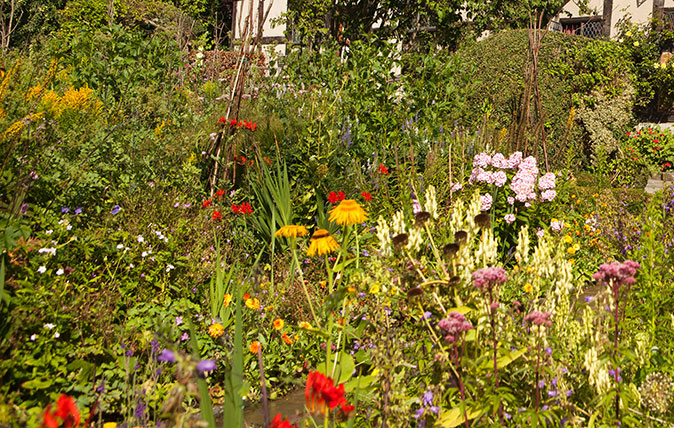
In July last year, we downsized to a garden that is twice as long and twice as wide as a tennis court, with an allotment and a half where we grow things to eat and flowers to cut. We also have an enclosed courtyard outside the kitchen, with room for a table to eat on sunny days.
Starting again is exciting: starting small really concentrates the mind.
My priority has always been atmosphere. At first, a rectangle bounded by other gardens seemed hardly the place from which to conjure all absorbing surroundings, but, as soon as massive laurels, a Lawson cypress and a paved barbecue terrace at the top end of the plot had been banished and the tidy lawn had changed into soft meadowy grass, the garden started to feel more promising.
I knew I wanted an orchard, masses of bulbs and flowers in grass, a few beds for favourite summer plants, some winter flowers and a greenhouse, but, in small gardens, too much is too much, so restraint has been key.
We planted a tiny orchard in the top third of the garden, where the barbecue once was. The three 16ft apple trees and a pear tree, from the Hortus Loci nursery, weren’t cheap, but worth every penny. In summer, we’ll be able to sit in shade and look across a little meadow and the three flowerbeds beyond to the pantiled roofs of village houses.
However, even small plots must be practical, so there’s a straight hoggin path up the walled side of the garden, which leads up to and through the greenhouse as far as the HotBin composter and the back gate.
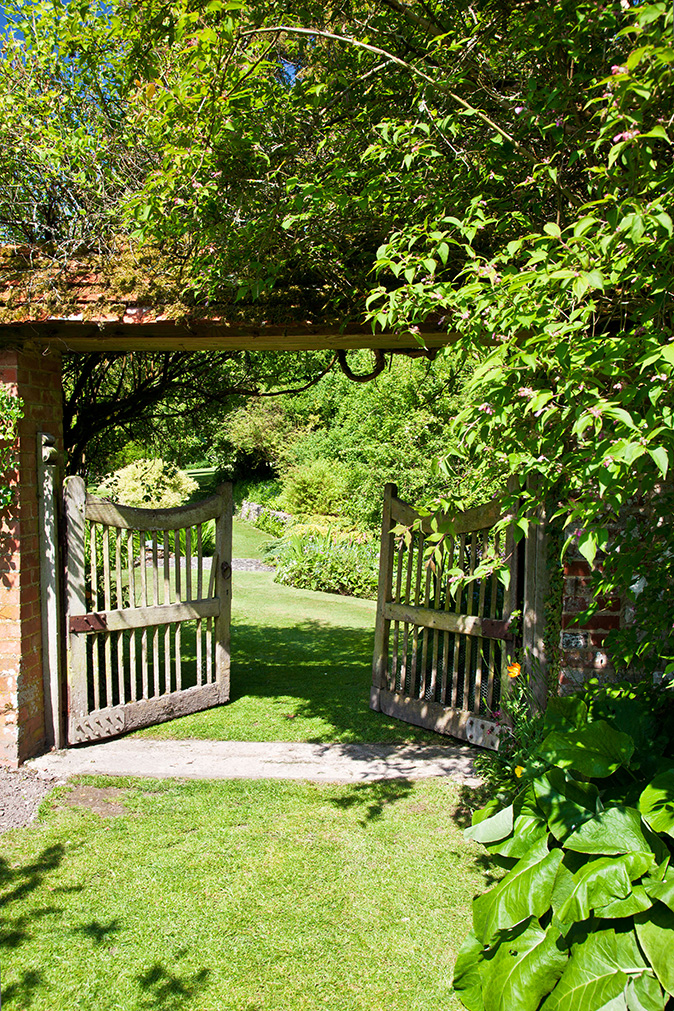
The first stretch of garden, as far as the greenhouse, is a 50sq ft patch of summer flowers, with the hard straight path dividing two of the beds and a curving grass path between the two larger beds leading to the meadow and the orchard.
Exquisite houses, the beauty of Nature, and how to get the most from your life, straight to your inbox.
If you’re too old to wait, it pays to be extravagant about bulbs, so 1,000 Crocus tommasinianus and 1,000 blue Anemone blanda went into the meadow, together with plenty of Tulipa sylvestris and true Gladiolus byzantinus.
Next year, I’ll add Anemone pavonina, fritillaries, oxlips and Dianthus carthusianorum plus, perhaps, wild camassias — I want ethereal flowers in clear colours.
"For my clients it might be bold, showy, vibrant and structured, but none of these are going to work for me here. I want the feeling of a gentle, simple, flowery mead."
No daffs for now, but that may change, and I did plant 100 pheasant’s eye narcissi under the new trees, as well as some snowdrops that came with us. These are skimpy singletons, but, divided annually, they’ll bulk up quickly; Galanthus plicatus Augustus will dominate the orchard and the meadow, but other snowdrops are loitering at its edges. The particularly special ones are planted at the back of the flowerbeds.
When designing for a client, I like to start with a description of how the planting will feel. For someone else, it might be bold, showy, vibrant and structured, but none of these are going to work for me here. I want the feeling of a gentle, simple, flowery mead.
Luckily, there’s room for glamour in the courtyard. Abutilon, mimosa, myrtle, lemon verbena and the china roses Rosa Bengal Beauty and R. Chinensis mutabilis, plus Paeonia rockii, as well as masses of shocking-pink cyclamen coum, are happily settling there and seem to have survived the snow.
The beds in the garden need to morph into the meadow, which is why they can’t be too exotic. I love roses, but have chosen mostly single ones: Kew Gardens, Scarlet Fire, Rosa moyesii and R. hugonis will all have the clear, simple effect I want, and some will have hips.
I plan to plant the flowery square beds that run up as far the greenhouse mainly for summer and autumn, as there will be plenty of interest for spring from blossom and bulbs. Because I want airy flowers, I’ll choose fennel, umbellifers and perhaps the ornamental grass Deschampsia Goldtau, to thread through the beds. This is work in progress, with only ourselves to please.
Mary Keen has moved from a big old rectory garden to a village garden where she relishes the challenge of ‘restraint’
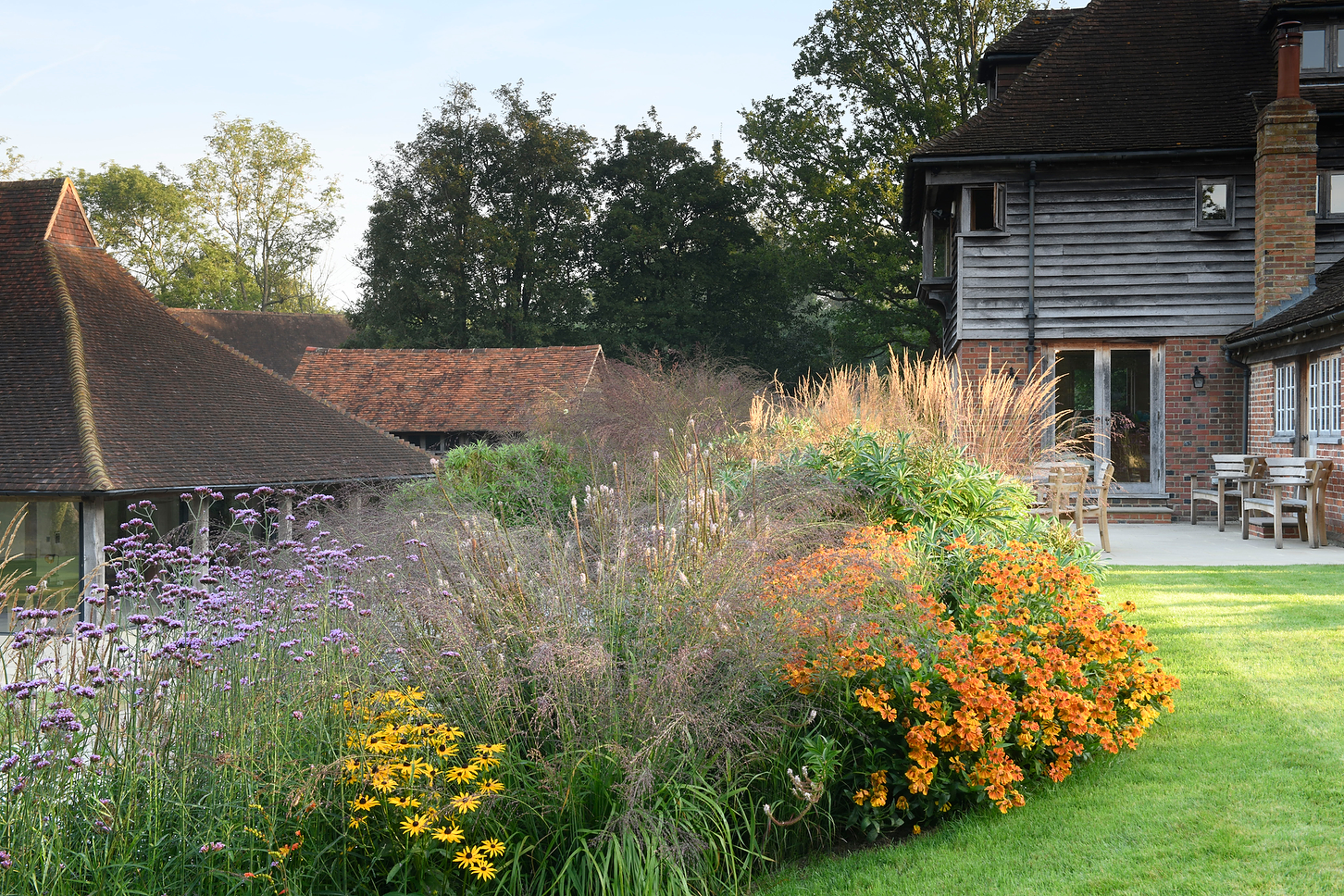
The best garden designers and landscapers in Britain
A beautiful country house is as much about its surroundings as its bricks and mortar, something that the best garden
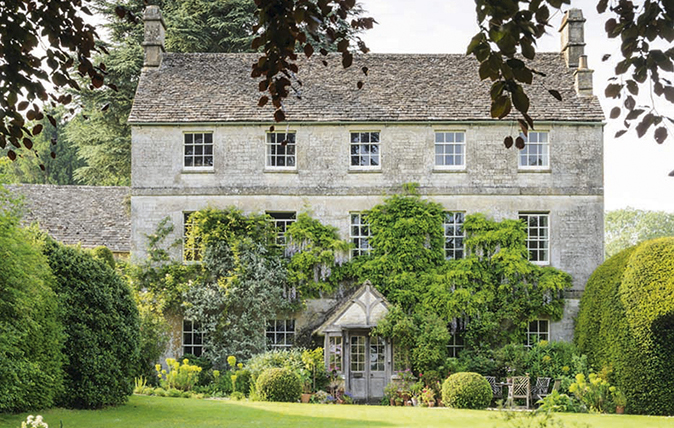
Garden designer Mary Keen’s Cotswold home goes on the market
A gardener’s garden.
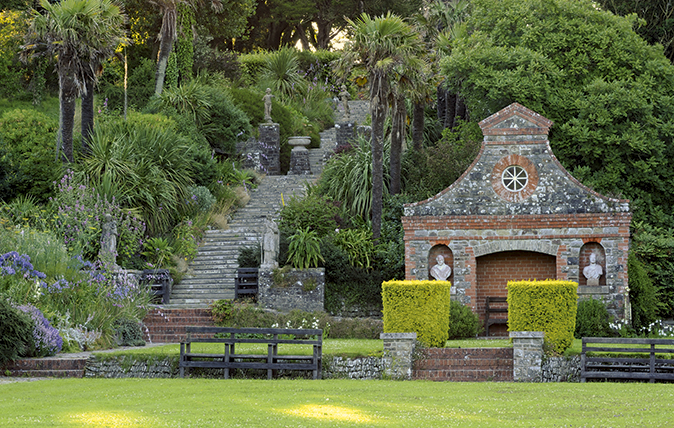
Tapeley Park: A Devonshire garden filled with dramatic flourishes at every turn
Non Morris discovers that experimentation, environmentalism and numerous dramatic flourishes invigorate this unusual Devonshire garden at every turn.
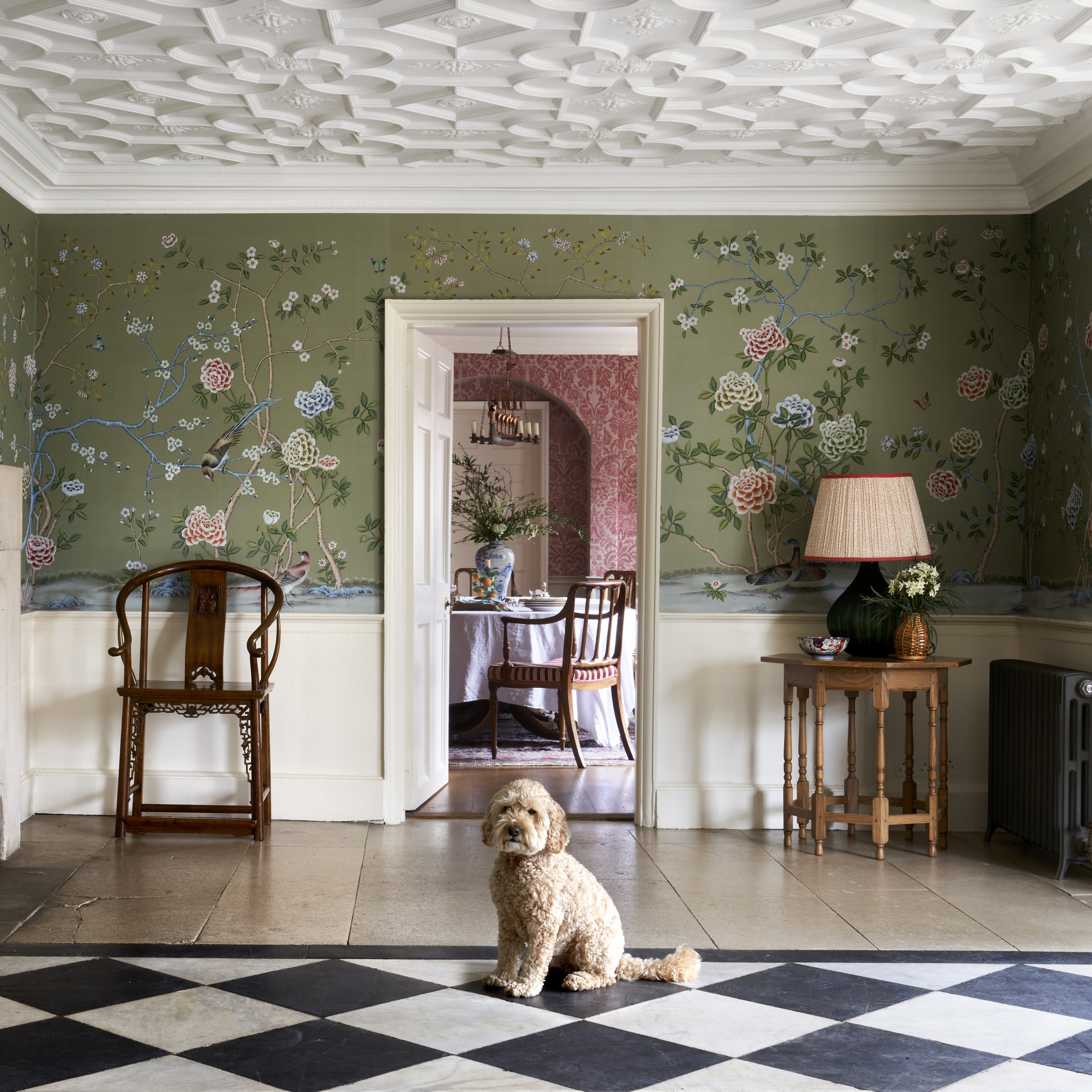
The Country Life Top 100 architects, interior designers, craftsmen, builders and garden designers in Britain
It's now six years since the original Country Life Top 100 was published, but the aim hasn't changed: we name
Country Life is unlike any other magazine: the only glossy weekly on the newsstand and the only magazine that has been guest-edited by His Majesty The King not once, but twice. It is a celebration of modern rural life and all its diverse joys and pleasures — that was first published in Queen Victoria's Diamond Jubilee year. Our eclectic mixture of witty and informative content — from the most up-to-date property news and commentary and a coveted glimpse inside some of the UK's best houses and gardens, to gardening, the arts and interior design, written by experts in their field — still cannot be found in print or online, anywhere else.
